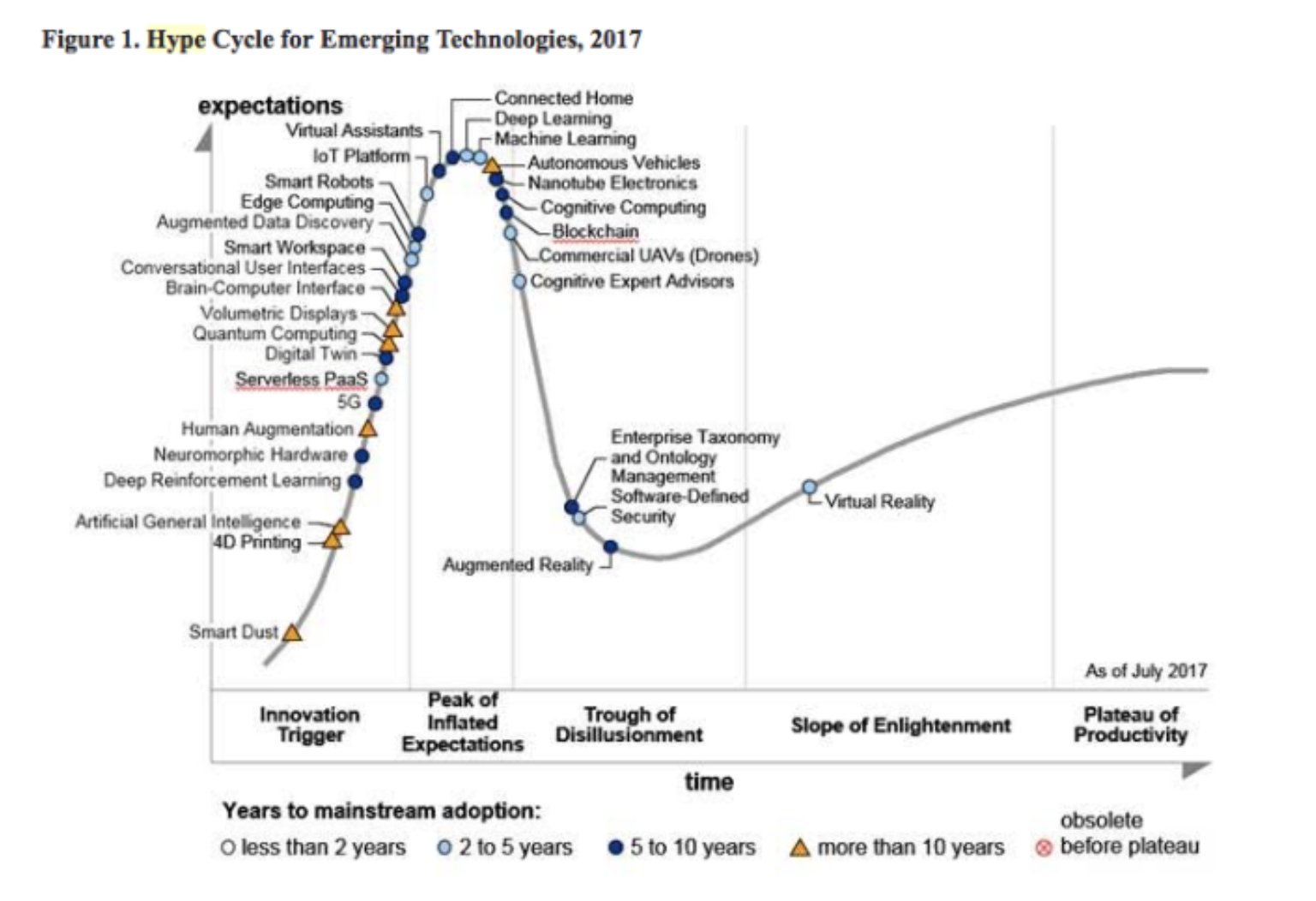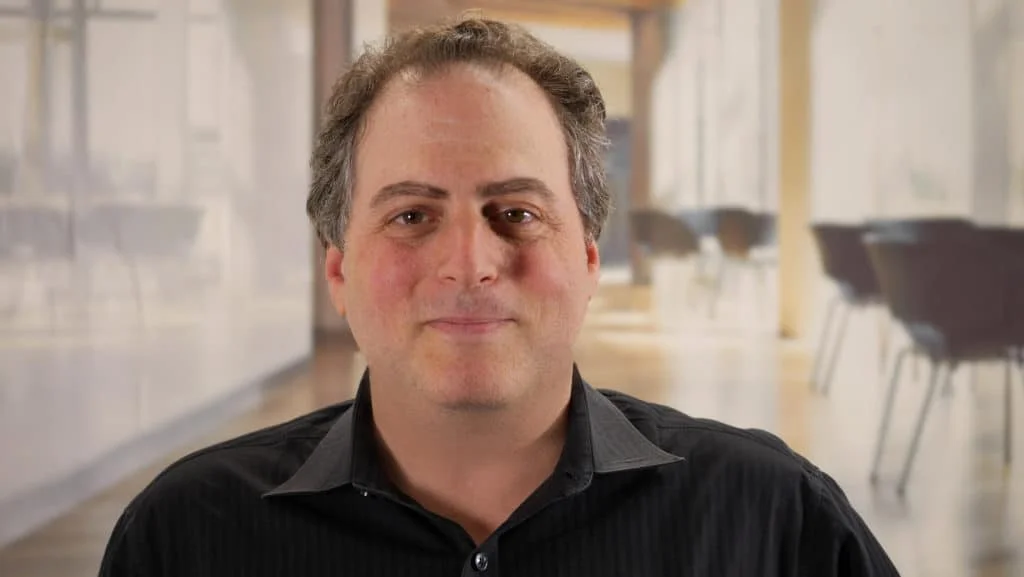How VR Is A Game Changer For Luxury Brands
A few months ago a prominent Consumer Packaged Goods company announced that it was going against the tide of all industry pundits, forecasters, and trade press with the intention of pulling money out of digital and putting it back into good old fashioned traditional media. In addition to the lack of trust in the programmatic space, the brand safety issues, they made pointed reference to the fact that going all-in on data had not improved their bottom line and had become a scaling issue. They sold products to everyone and the cost inherent in usage of data, labor costs to determine their segments, premiums on media for the “right” to target their segments just did not drive an ROI when compared to the basic costs for traditional media, even accounting for waste. Driving home the point, they announced that pulling the budget from Digital had no negative impact on short term sales whatsoever.
Throughout my career, I’ve partnered with some of the biggest brand names in marketing to test new technologies, with the purpose of helping them determine the best fit for these technologies in their marketing mix. Some of the technologies that were tested, ie. podcasting, ITV, Addressable TV, DVR advertising had varying degrees of success in driving consumer engagement. They all suffered from the same drawback, limited scale.
For mass marketers, efficient scale drives business. For the most part these marketers are selling simple, easily understood or legacy products. While they’ll speak about the importance of branding, bottom funnel conversion takes priority. For many, they are paying for customers they would have gotten for free, simply because they can digitally count them. For luxury goods, the model is decidedly different. Scale for a luxury marketer has to have a different meaning and value than it does for a purveyor of commoditized goods and services. For luxury marketers scale as a parameter of success has to work much more closely with impact and consumer experience.
In today’s media world, there is rarely a factor put against impact in the media planning process. In a world focused on efficiency versus investment, it would seem a hard sell to a CFO or CMO to recommend something that, on the surface looks less efficient. However, with the web’s cluttered environments, relatively small screens on mobile, and questionable distribution systems that can put your quality brand right next to “Work from Home” ads or click-bait headlines, (Yes, I know what Phoebe Cates looks like now and still have a mad crush on her!), your true CPM or CPC is much higher than it appears. For direct marketers of low cost, mass goods, this may be acceptable as a numbers game, but for brands attempting to build equity to emphasize luxury experiences and quality, to truly immerse consumers in your brand and keep them engaged for several minutes vs. a few seconds is a true advertising strategy.
Enter Virtual Reality. Across the globe VR usage and adoption is starting to accelerate. VR is being integrated into theme parks and VR Arcades are proliferating. Home adoption is not mass yet, but that is predominantly due to the high cost of entry (Between $400 - $600 for the high end headsets which need to run on higher end computers in the $1,200 - $2,000 range). This high cost of entry provides a good self-fulfilling filter for affluents.
Many naysayers compare VR to 3DTV . Unlike 3DTV, which suffered from a lack of content and compelling reasons to put on the glasses,having learned from 3DTV’s failures, there are countless number numbers of experiences that have been created at the outset including social ones. From games to live experiences that guarantee the “best seat in the house” (such as Intel’s MLB Game of the Week) to concerts to educational tools; VR is an open environment that creators and content distribution is embracing.
VR’s immersion is emotional. You are swept directly into the story and, with some experiences can impact the outcome. It is visceral and not only a “bridge to transaction” as banners and flat video are, but a way to generate demand and motivate your core enthusiasts.
Luxury marketers, such as Porsche, Peugot, Infiniti, BMW, Mercedes, Jean Paul Gaultier, Hawaii Tourism, Australia Tourism, Infiniti, Hilton, Ritz Carlton, Diageo are actively using VR to not only reach consumers with a previously unattainable level of immersion, but as importantly are looking at VR and AR as tools to improve the efficiency of their operations and open new potential sales channels.
Speaking in an article in “The Drum”, Carl Isenbeck, Marketing Director of Porsche Asia Pac, points out the business efficiencies VR can provide. “While they [the VR cars] are not real, it is a good thing to have in the showroom. It is expensive to have a car sitting there and it takes up space. The dealers have to buy the car first and then they still have to sell it.”.
Diageo has used VR to highlight their social responsibility in giving consumers an all too real experience of what happens when you drink and drive. In fact, the first edition was so successful in achieving their goals, having received over 14mm views, they just announced a second VR experience that will launch around Labor Day 2017 with a focus on the harm caused by binge drinking.
To negate any accusations of overhyping, Virtual Reality is not at scale and will not be for at least another 5 years. VR development continues to be well-funded and consumers who experience VR continue to give it high marks on both likeability and delivering on Wow experiences. Perhaps most telling, is the latest Gartner Hype Curve which clearly shows that in the typical system of technology where the initial hype fails to achieve what is promised only to then grow as a sustainable business. VR, now past the hype phase, is well on its way to becoming a viable, sustainable business which all marketers, in particular those with affluent targets, should be bringing into their strategic worksessions.
About the Author
Jeff Minsky is a Digital Advertising pioneer and innovator who has been advising Sr. Executives from IBM, Pepsi, Visa, GE, CBS, CW, Showtime, Disney and many more top marketers on how to derive true value from understanding media consumption changes based on technology impact and forecast scale. He is one of a small handful of media professionals that have strong background in traditional, digital, programmatic, and virtual/augmented reality. He was the co-author of the 4As/IAB Industry’s Terms and Conditions for Digital Media Buying. He also co-authored a white paper for the 4As focused on “Data Driven and Addressable Video”. He has been privileged to have many awards bestowed on him including three Effies and a Clio for his work with IBM and Warner Bros. As a passionate technologist he is also quick to recognize the hype cycle and provides balanced recommendations to clients for both marketing communications and business re-engineering.




